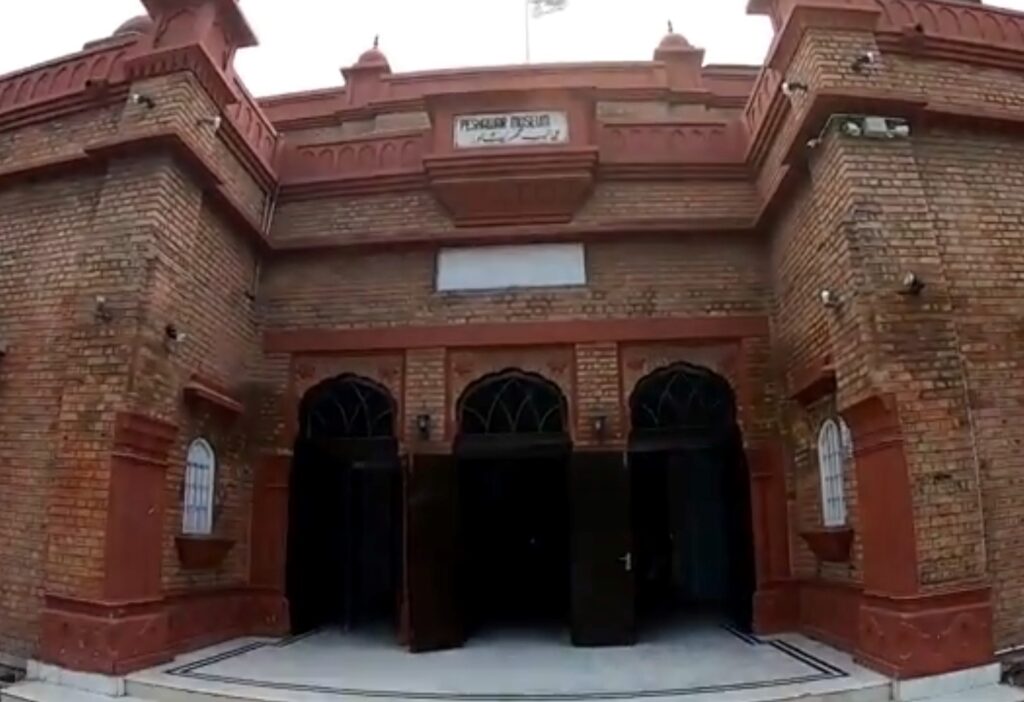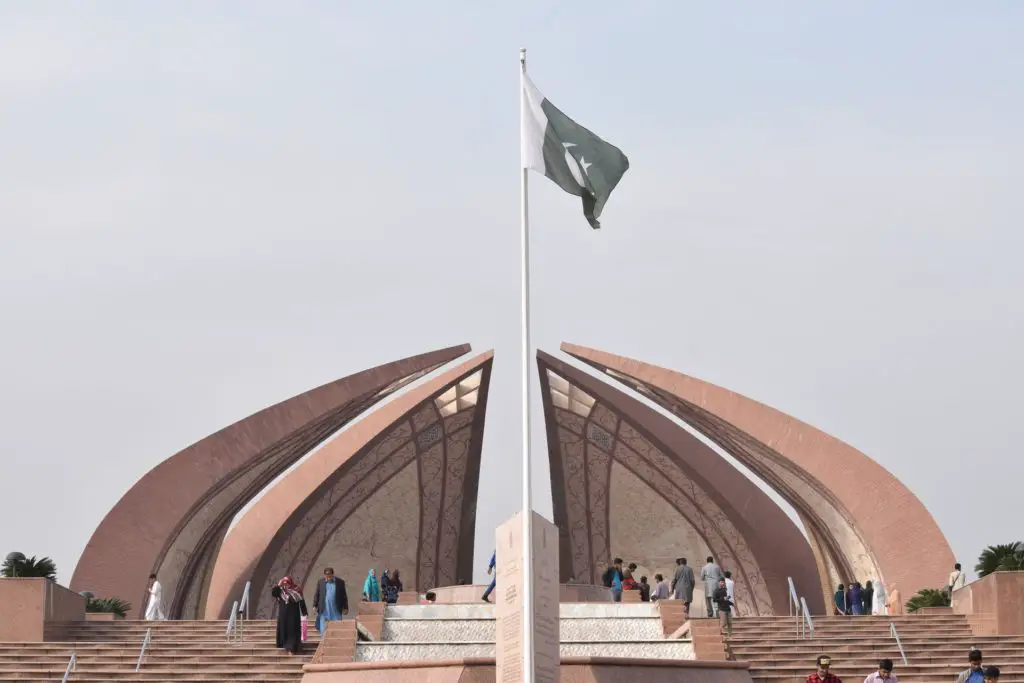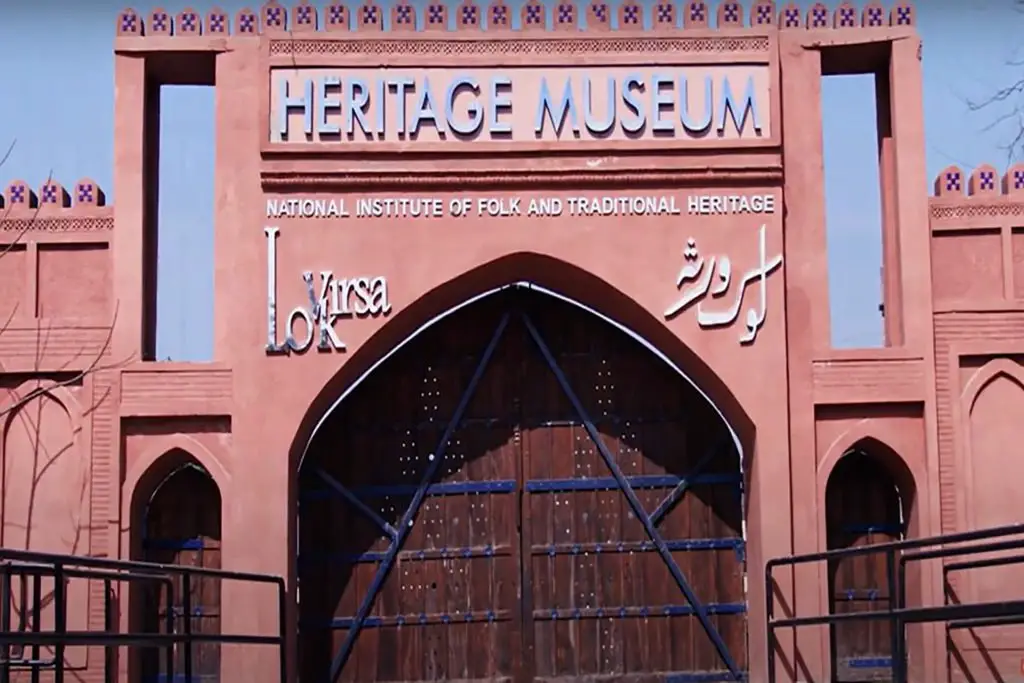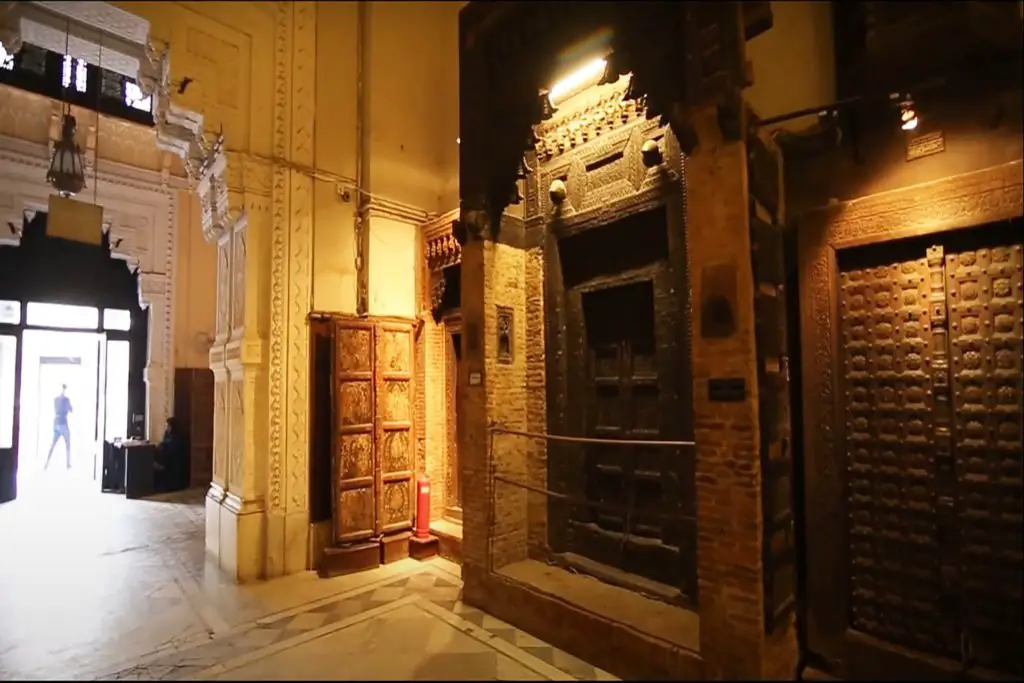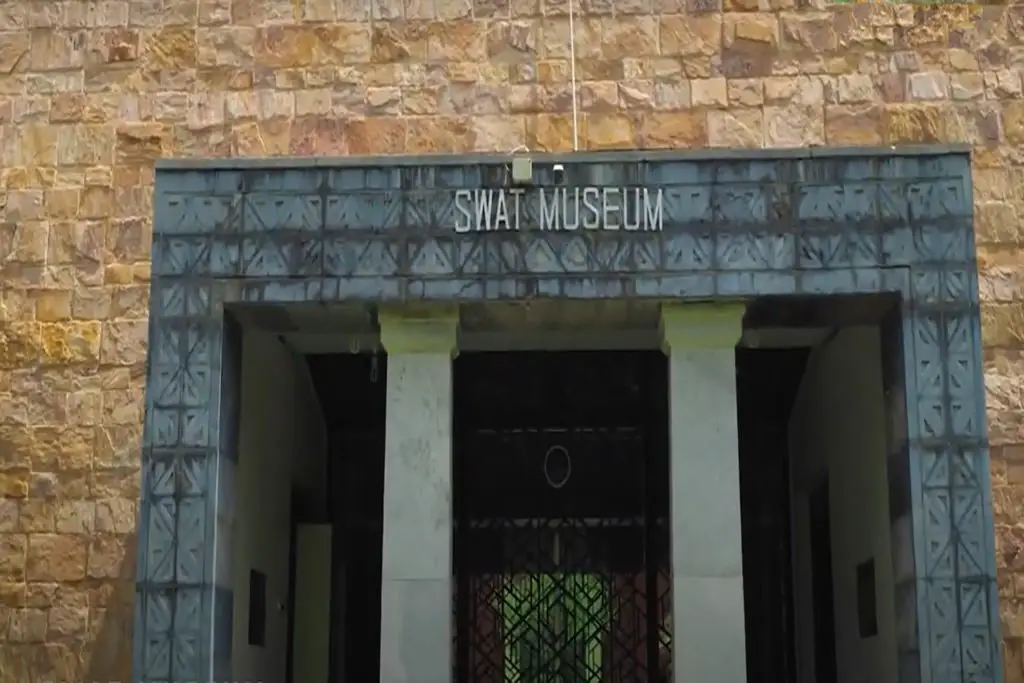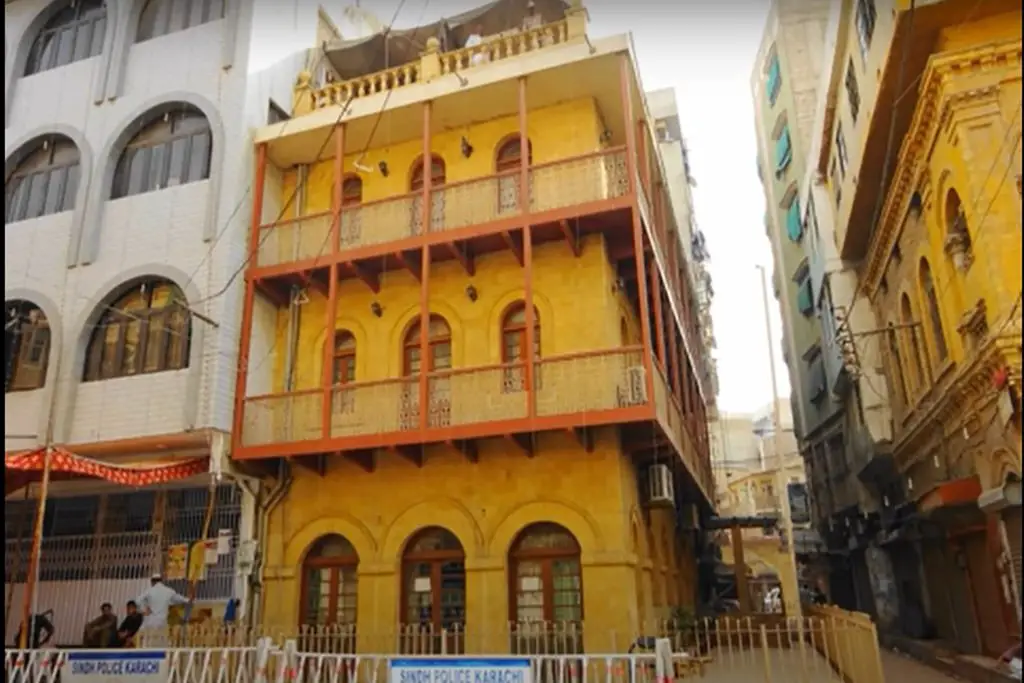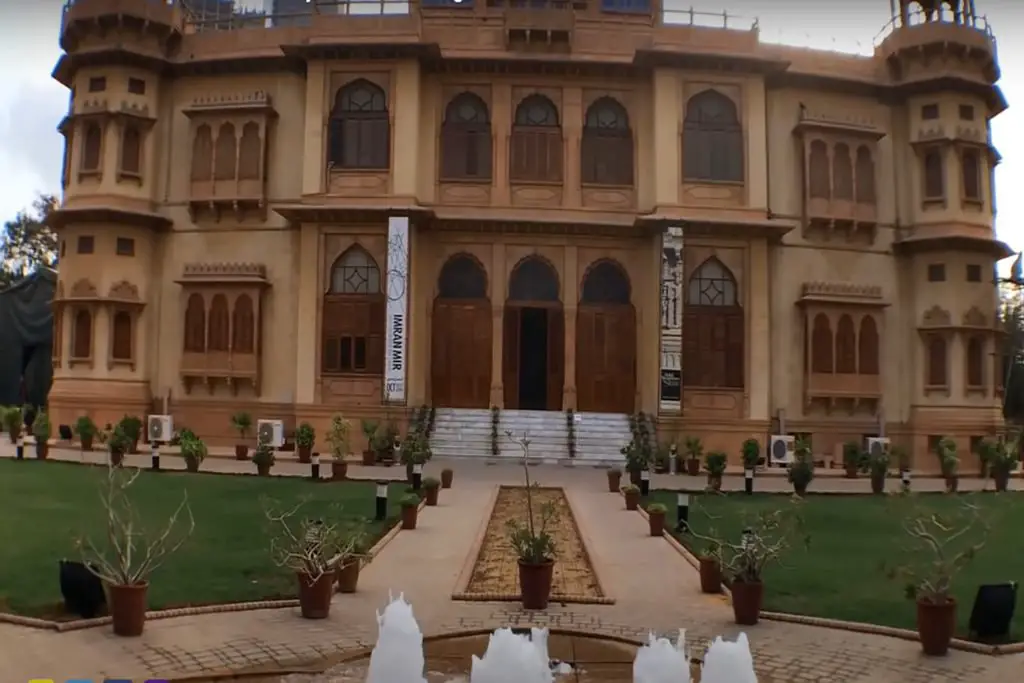Peshawar Museum is one of the oldest and most prestigious museums in Pakistan, located in the heart of Peshawar city, in the Khyber Pakhtunkhwa province. Peshawar Museum is known for its extensive collection of artifacts and objects from the ancient Gandhara civilization, which flourished in the region from the 1st century BC to the 5th century AD.
Peshawar Museum History
The Peshawar Museum, also known as the Peshawar Provincial Museum, is a historical museum located in the city of Peshawar in Pakistan. The museum was established in 1907 and is one of the oldest and most significant museums in the country. The museum’s collection includes artifacts and exhibits from various periods of the region’s history, ranging from the ancient Gandhara civilization to the present day.
The Peshawar Museum is situated in a spacious building that was originally built as a town hall during the British colonial period. The building was later converted into a museum, and it now houses a vast collection of artifacts and exhibits that offer a glimpse into the rich cultural heritage of the region.
Collections at the Peshawar Museum
The museum is housed in a grand colonial-era building, which was originally constructed as the residence of the British governor of the North-West Frontier (Now KPK) Province. The building was later converted into a museum and has since undergone several renovations and expansions to accommodate the growing collection of artifacts.
The museum’s collection is divided into several galleries, each dedicated to a specific era or theme. The Main Sections include:
- Gandharan
- Coins
- Islamic
- Ethnological
The main attraction of the museum is the Gandhara Gallery, which houses a vast collection of Gandharan art and artifacts. The Gandhara civilization was a unique blend of Buddhist, Hellenic, and local traditions, and its art is characterized by its exquisite craftsmanship and attention to detail.

The Gandhara Gallery features a wide range of sculptures, statues, and reliefs, including images of the Buddha, bodhisattvas, and other Buddhist deities. Many of the sculptures are made of gray schist stone, which was abundant in the region, and are notable for their delicate features, intricate carvings, and realistic depictions of human and animal figures.
The museum also features galleries dedicated to the Islamic period of the region, with a collection of manuscripts, pottery, and other artifacts from the Mughal and Pashtun periods. The museum also houses a collection of weapons, jewelry, and household items from the tribal regions of Khyber Pakhtunkhwa, which provide a glimpse into the unique culture and traditions of the region.
The museum’s Islamic art section is another notable area, featuring a large collection of Islamic art and architecture from the region. The section includes exhibits on Islamic calligraphy, pottery, metalwork, and textiles, as well as a number of rare and valuable manuscripts.
The museum also has a dedicated section for coins and currency, showcasing a variety of coins and banknotes from different periods of the region’s history. The section includes rare coins from the Kushan and Indo-Greek periods, as well as coins from the Mughal and British colonial eras.

Notable Exhibits at the Peshawar Museum
One of the most notable exhibits in the museum is the Bakhshali manuscript, which is believed to be the oldest surviving Indian mathematical manuscript. The manuscript, which dates back to the 3rd or 4th century AD, contains a series of mathematical problems and solutions and is a testament to the advanced knowledge and intellectual achievements of the ancient Indian civilization.
In addition to its extensive collection of artifacts, the Peshawar Museum is also known for its beautiful gardens and landscaping. The museum’s grounds feature a variety of native plants and trees, as well as several fountains and pools, making it a popular destination for visitors and locals alike.
Cultural Heritage of Peshawar Museum
The Peshawar Museum is a testament to the rich cultural heritage of the region and provides a fascinating glimpse into the art, history, and traditions of the Gandhara civilization and beyond. Its extensive collection of artifacts and exhibits makes it a must-visit destination for anyone interested in the history and culture of Pakistan and the wider South Asian region.
Other notable sections of the museum include the ethnology section, which features exhibits on the traditional culture and lifestyle of the region’s various ethnic groups, and the natural history section, which includes exhibits on the region’s flora and fauna.

Peshawar Museum Timings
Opening Days: The museum is typically open to the public six days a week, from Tuesday to Sunday.
Opening Hours: The museum opens its doors in the morning and remains accessible for visitors until the afternoon.
Morning Timings: The museum usually opens at around 9:00 AM in the morning.
Afternoon Timings: The museum is open for visitors until approximately 4:00 PM in the afternoon.
Please keep in mind that these timings are subject to change, especially during public holidays, special events, or unforeseen circumstances. It is advisable to check with the museum authorities for the most up-to-date information regarding the opening days and hours.
Programs and Events at the Peshawar Museum
In addition to its impressive collection of artifacts and exhibits, the Peshawar Museum also offers a range of educational programs and events for visitors. The museum regularly hosts lectures, workshops, and cultural events, aimed at promoting awareness and understanding of the region’s history and culture.
Despite its significance as one of Pakistan’s oldest and most important museums, the Peshawar Museum has faced a number of challenges in recent years. In 2006, the museum was damaged by a bomb blast, which destroyed a number of important artifacts and exhibits. The museum has since undergone extensive renovation and restoration, and it continues to serve as an important cultural institution in the region.
In conclusion, the Peshawar Museum is a remarkable institution that offers a fascinating glimpse into the rich cultural heritage of the region. From its impressive collection of Gandhara sculptures to its exhibits on Islamic art and architecture, the museum offers a wealth of information and insights into the region’s history and culture. Despite the challenges it has faced in recent years, the Peshawar Museum remains a vital cultural institution, promoting awareness and understanding of the region’s rich and diverse heritage.

